Nearly half of new residential developments in downtown Toronto could be made up of two- and three-bedroom units, a new plan for the core just approved by city council outlines.
The city’s sweeping TOcore plan for downtown growth considers many aspects of living, working and being in Toronto’s core, including expanding and improving parks; fostering walking, cycling and transit, and protecting open spaces from shadow.

The Official Plan Amendment and three infrastructure strategies was considered by council late Wednesday night.
The master plan requires new residential developments with more than 80 units to be made up of at least 40 per cent two- and three-bedroom units.
“It’s something that we’re … hoping for, because we’ve been seeing a steady decline since the 1990s in the size of condo units and in the number of bedrooms of condo units,” said Cherise Burda, executive director of the Ryerson City Building Institute.
“At the same time, we’re seeing an increase in the height of condo buildings. And, so, essentially, we’re building small and tall; we’re building small units in tall buildings.”
To create balanced mix of unit types and sizes, the policies approved lay out regulations for developments with more than 80 residential units:
-
- At least 15 per cent of units would be two-bedrooms that are at least 87 square metres (936.5 square feet) in size.
- At least 10 per cent of units would be three-bedrooms that are at least 100 square metres (1,076.4 square feet) in size.
- An additional 15 per cent of units would be a combination of two- and three-bedroom units, without the same minimum size.
“Not just two and three bedrooms where the three bedrooms are closets, but rather two and three proper-sized bedrooms. And that’s what’s key in TOcore; it provides a percentage that’s required for two and three bedrooms, but also the specific square footage that’s required.”
Douglas Young, an associate professor who teaches urban studies at York University, said the policy is a “very interesting” example of the government regulating the production of housing.
“I think, in this country, there’s always been something of a dance between government and the private sector around housing, with sometimes government getting very involved and other times stepping back,” Young said. “So I see this as a point in time where they’ve decided to step forward and get more involved.”
Young said the regulations are an attempt to reverse the trend of smaller condos being built in Toronto, which are more suitable for singles than families or groups. He added the 87- and 100-square-metre minimums for new units are “big” by today’s standards.
Burda said multi-bedroom units will create opportunities for families to remain downtown, but emphasized that affordability remains an issue.
“We need to get way more innovative and figure out how to create more affordable, family-friendly housing in our downtown, and it doesn’t necessarily require a million-dollar, three-bedroom unit,” Burda said.
The plan adds that, “where appropriate,” residential units would include storage space, operable windows, bedrooms with closets, bedrooms with an operable window on an exterior wall and balconies or terraces.
“They’re acknowledging the fact that the standard of accommodation that the private sector is producing is pretty low, where you can have a space without a window and without a closet and you can call it a bedroom,” Young said.
The downtown plan is a 25-year project that directs the scale and location of future growth in the city centre. It’s the first comprehensive update since the 1970s, when the 1976 Central Area Plan introduced policies to encourage residential growth downtown and avoid inner city deterioration.
“Fundamentally, TOcore is about designing a downtown that is livable,” Cressy said. “Another way of putting it: it’s about ensuring we build neighbourhoods, rather than simply building towers. And, so, central to building neighbourhoods is having a range of ages and families and people that live there.”
Cressy called the masterplan “long overdue and necessary.”
By the year 2041, the population of downtown Toronto is expected to double from 240,000 to 475,000.
Recognizing that growth was outpacing infrastructure, city council initiated the TOcore study in 2014.
The study area is bounded by Lake Ontario to the south, Bathurst St. to the west, the mid-town rail corridor and Rosedale Valley Road to the north and the Don River to the east.

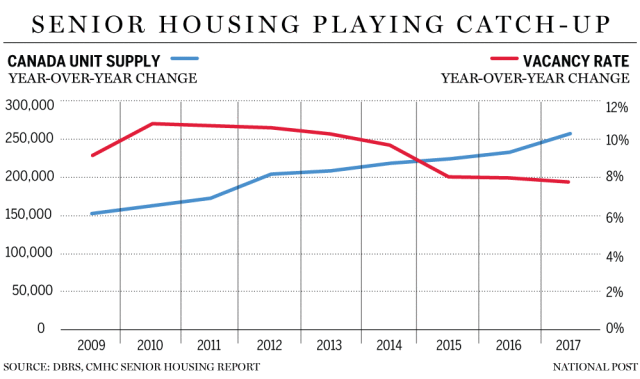




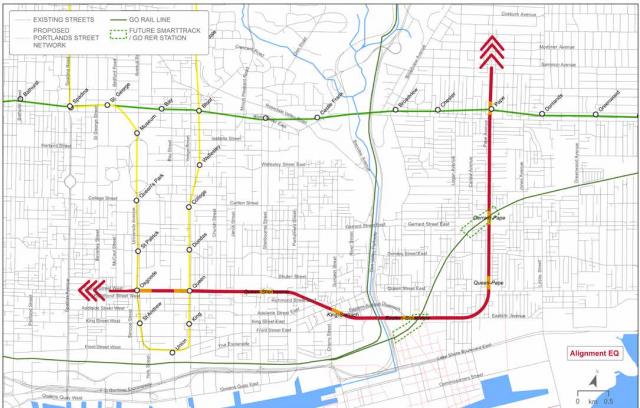
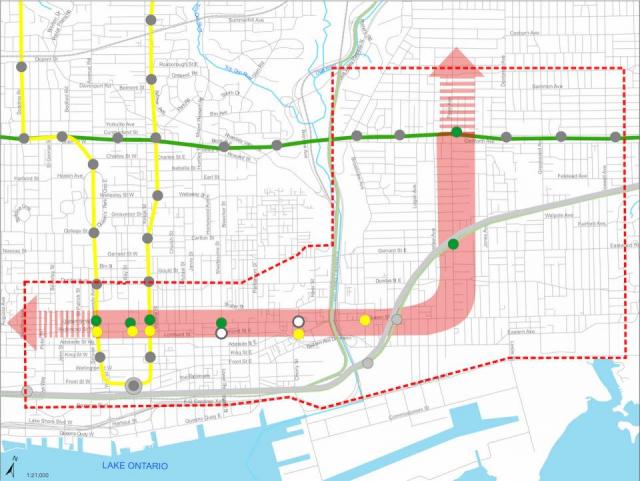

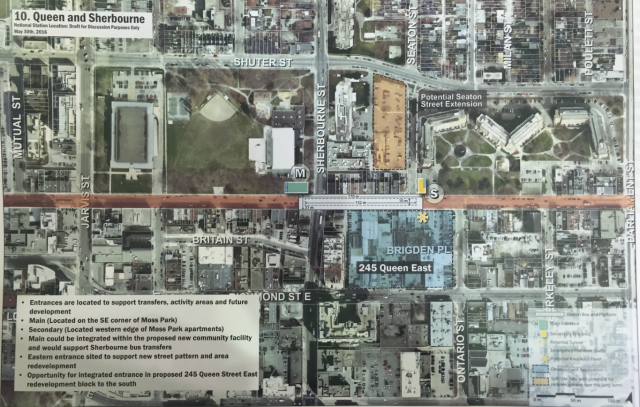
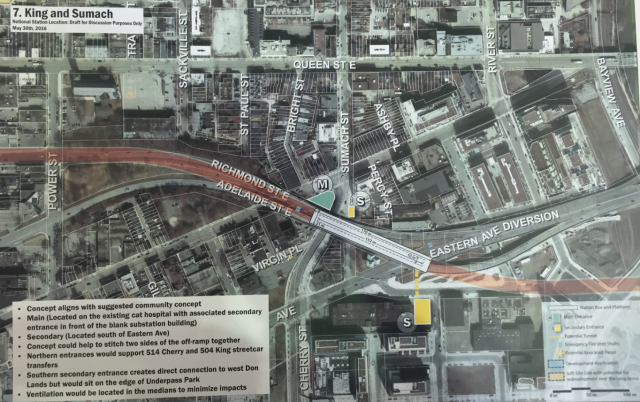
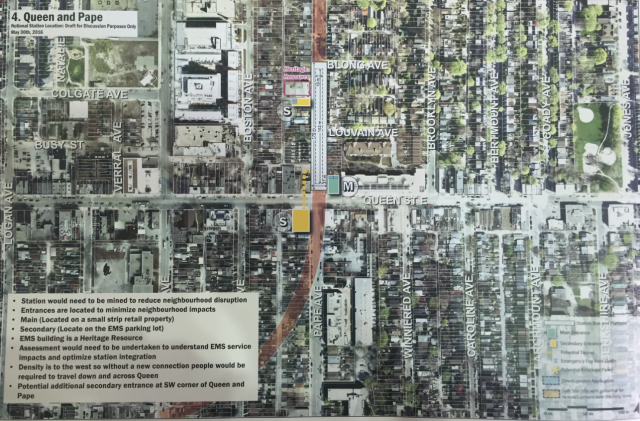
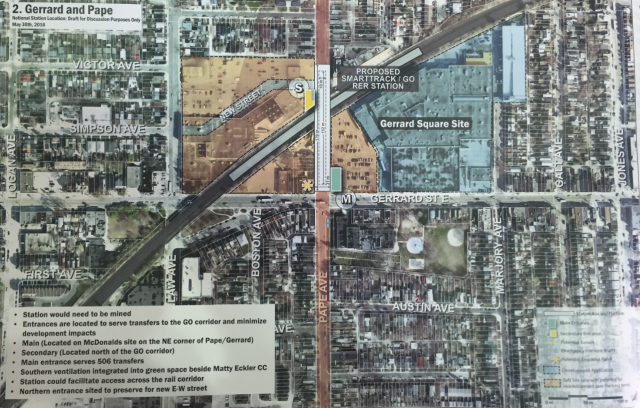
 Maziar Moini, Broker of Record - Home Leader Realty Inc.
300 Richmond St. W., #300, Toronto, ON M5V-1X2
Maziar Moini, Broker of Record - Home Leader Realty Inc.
300 Richmond St. W., #300, Toronto, ON M5V-1X2

